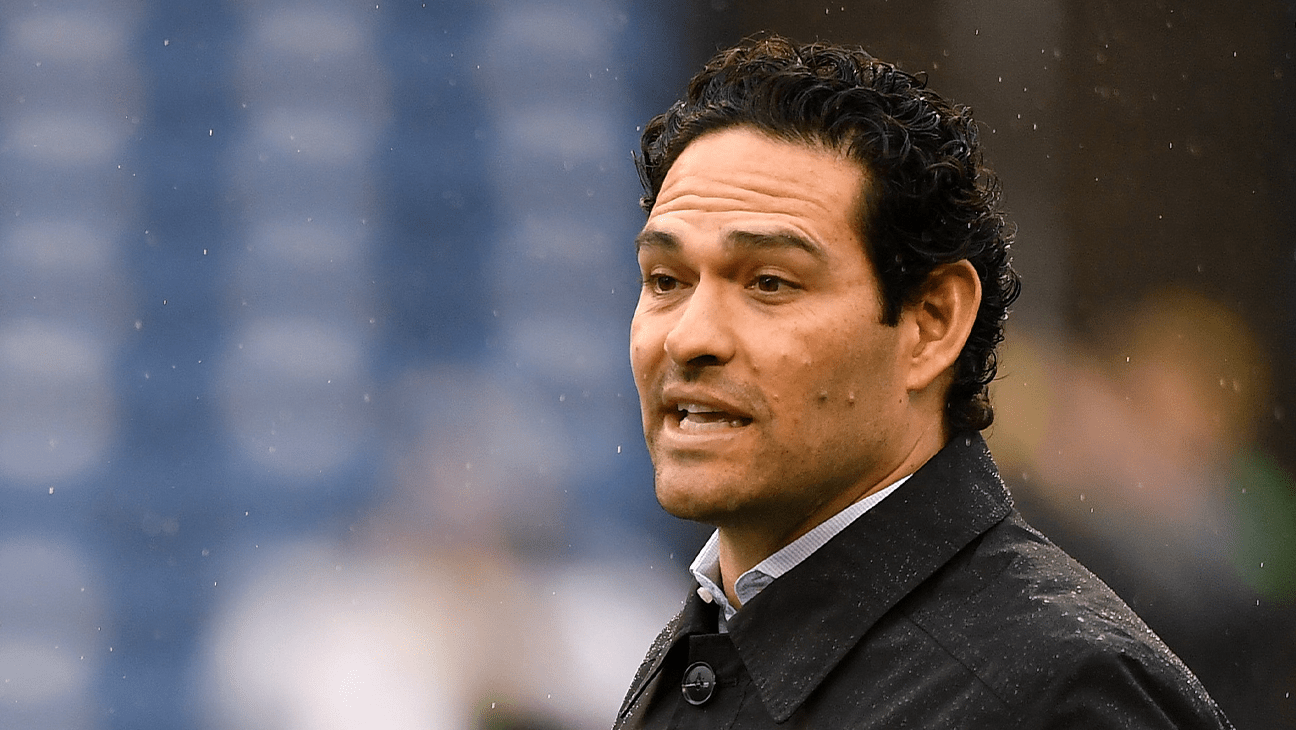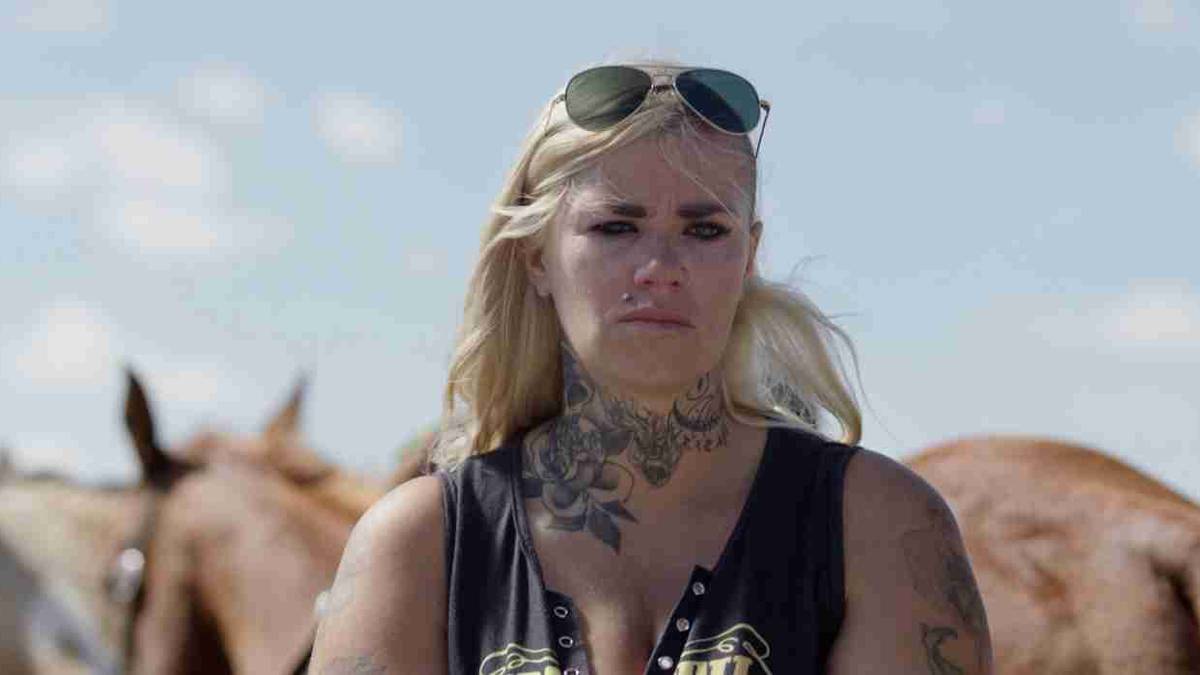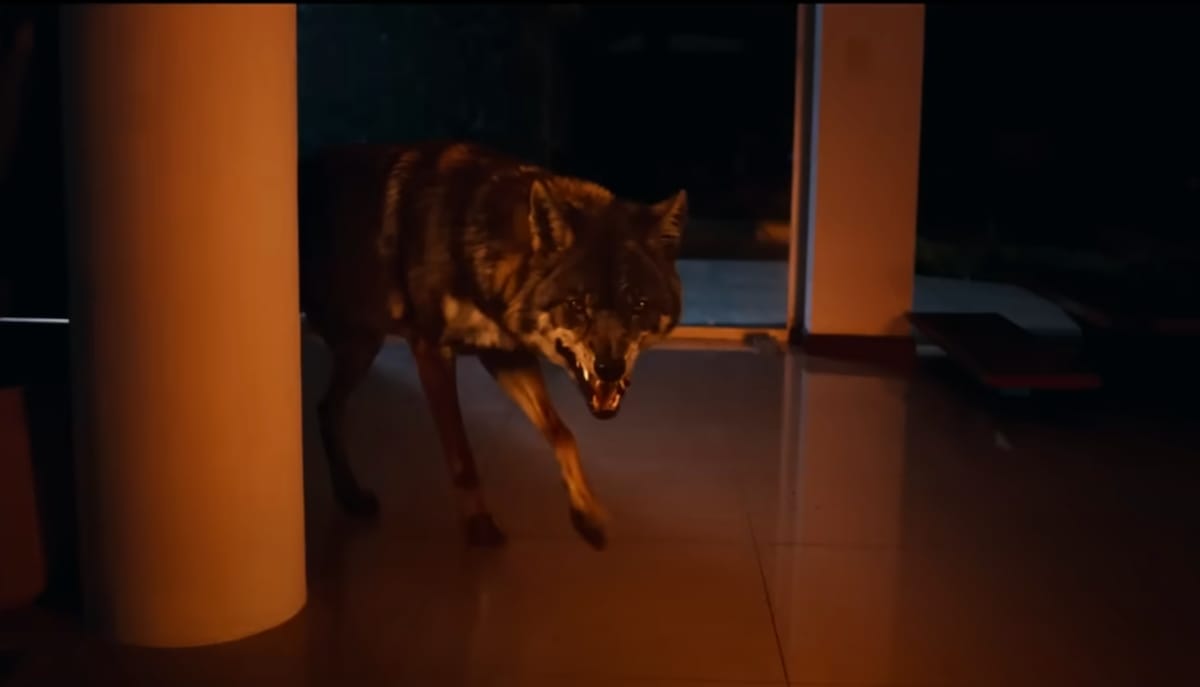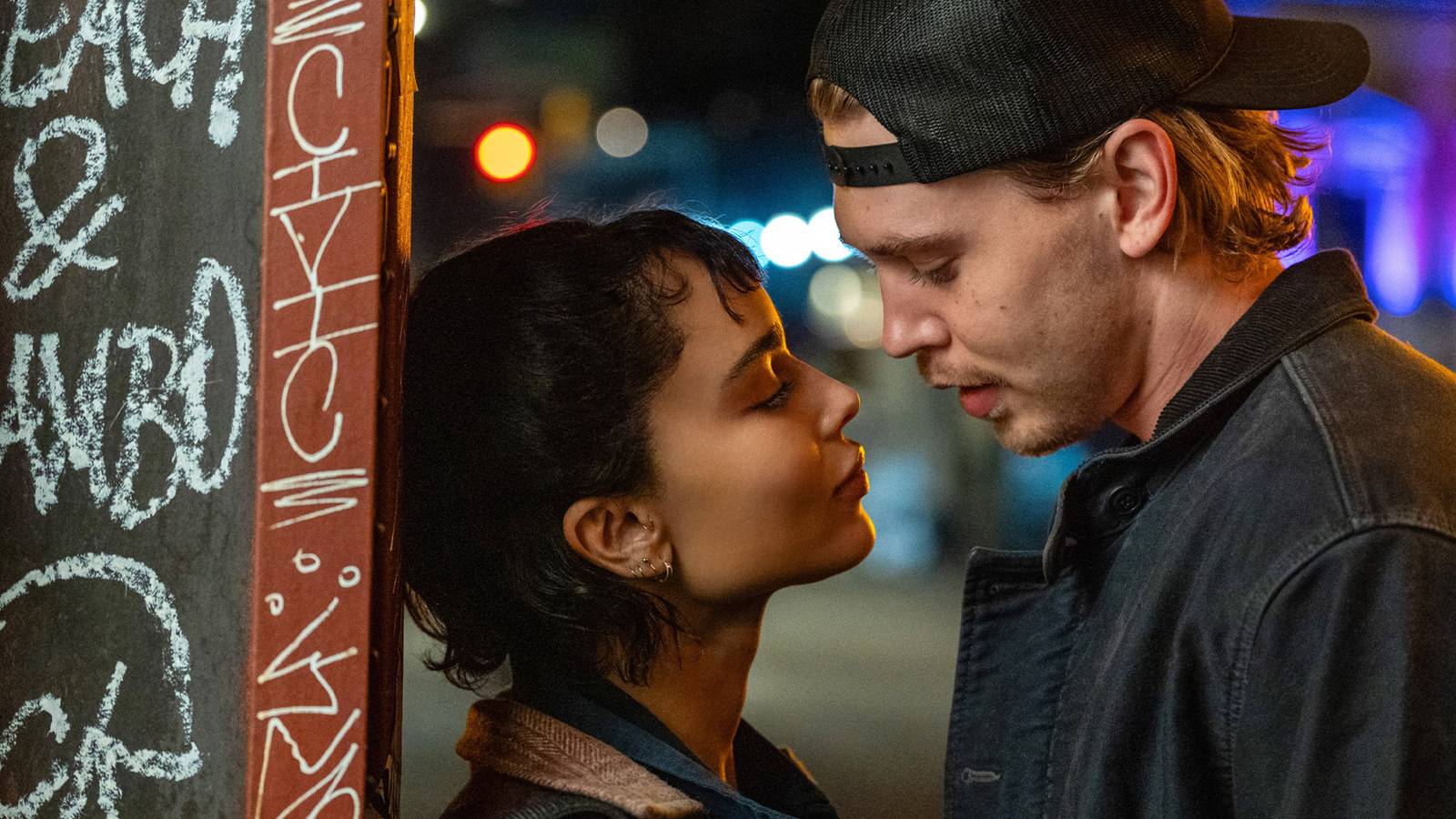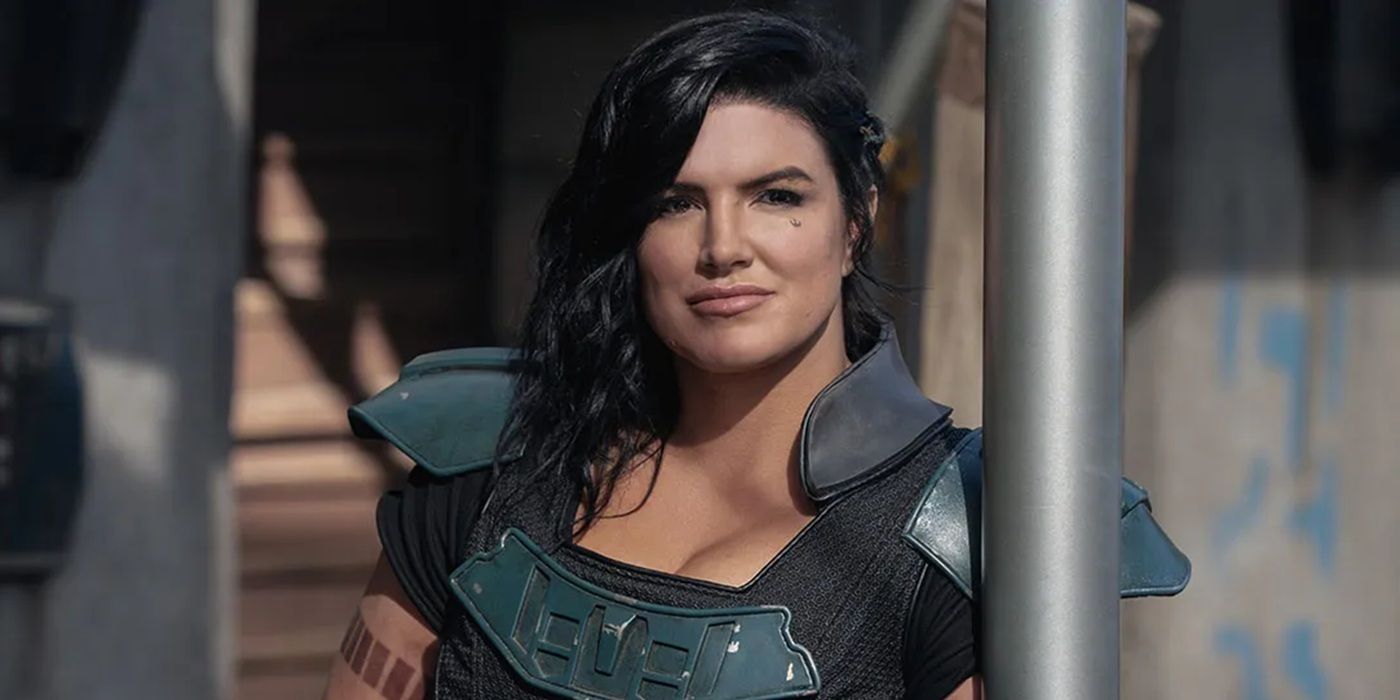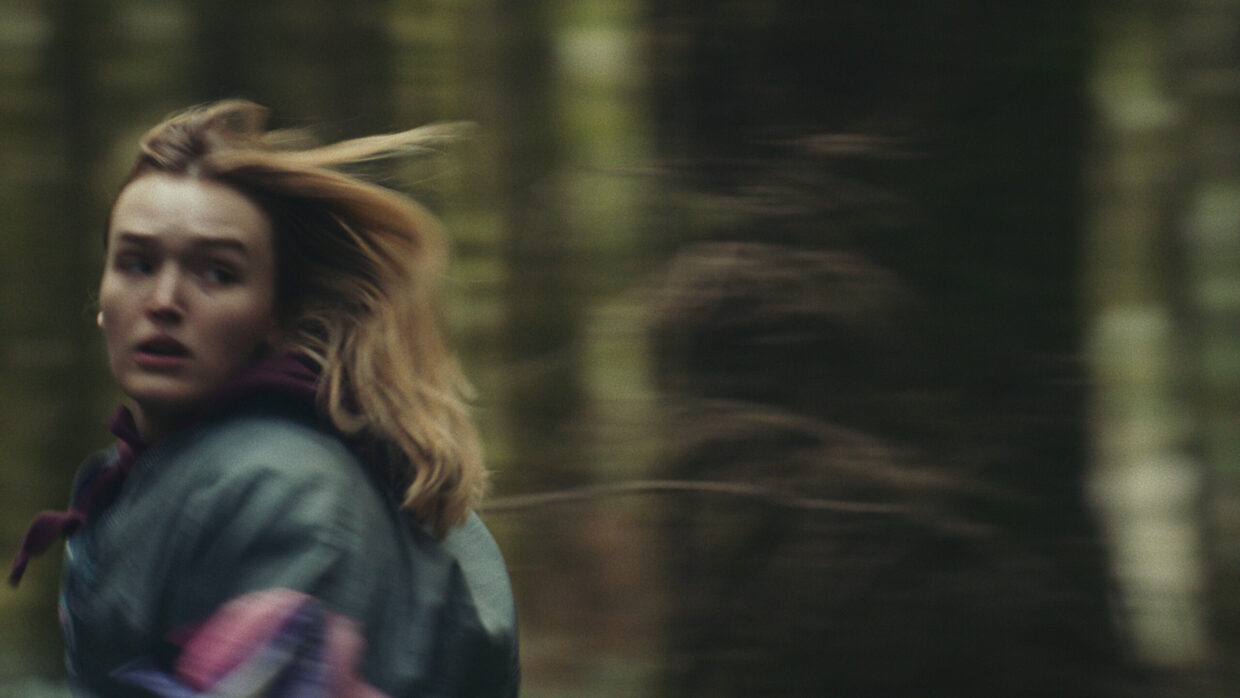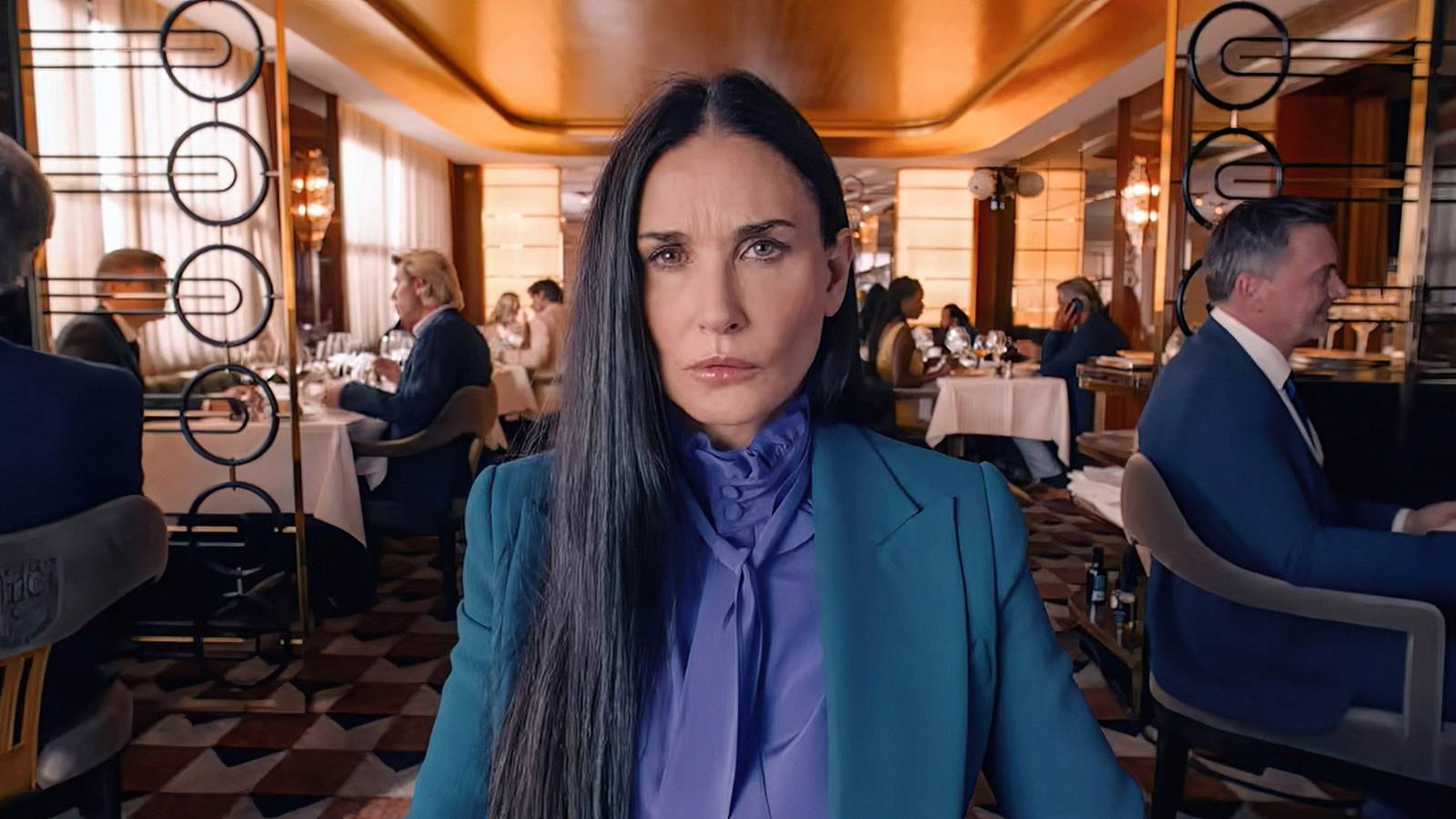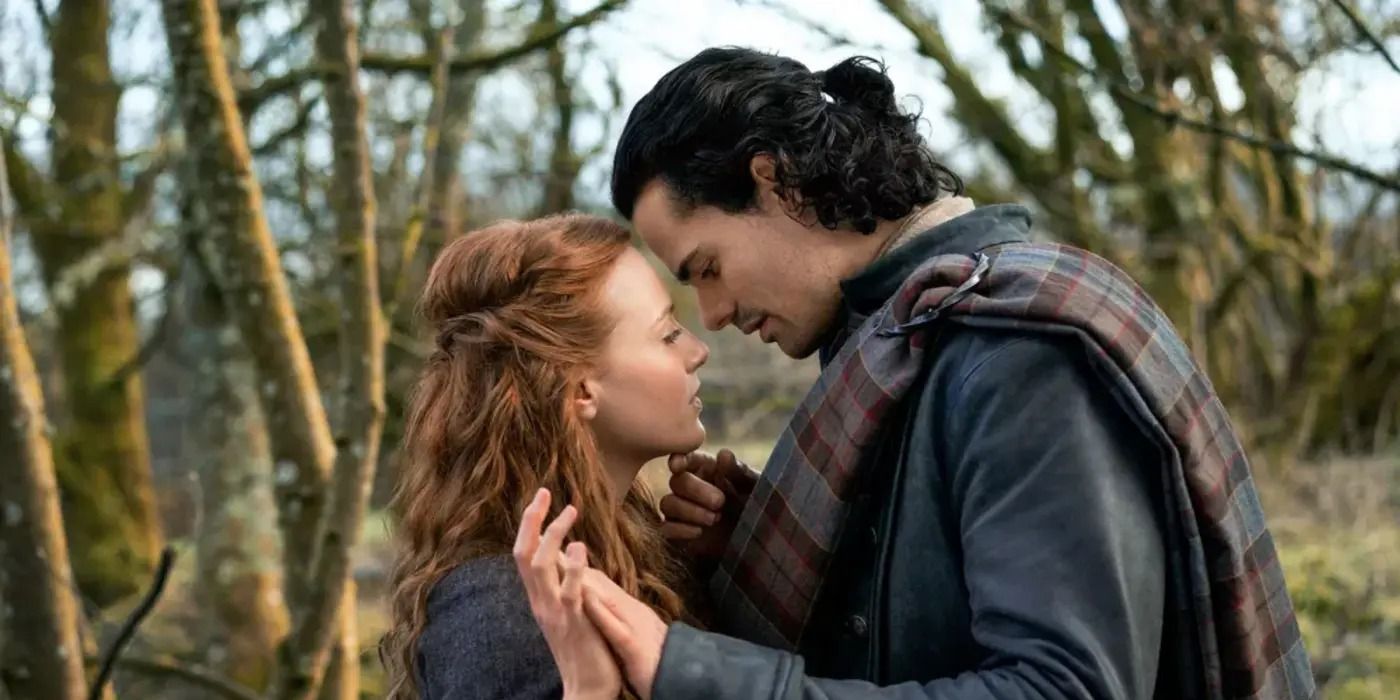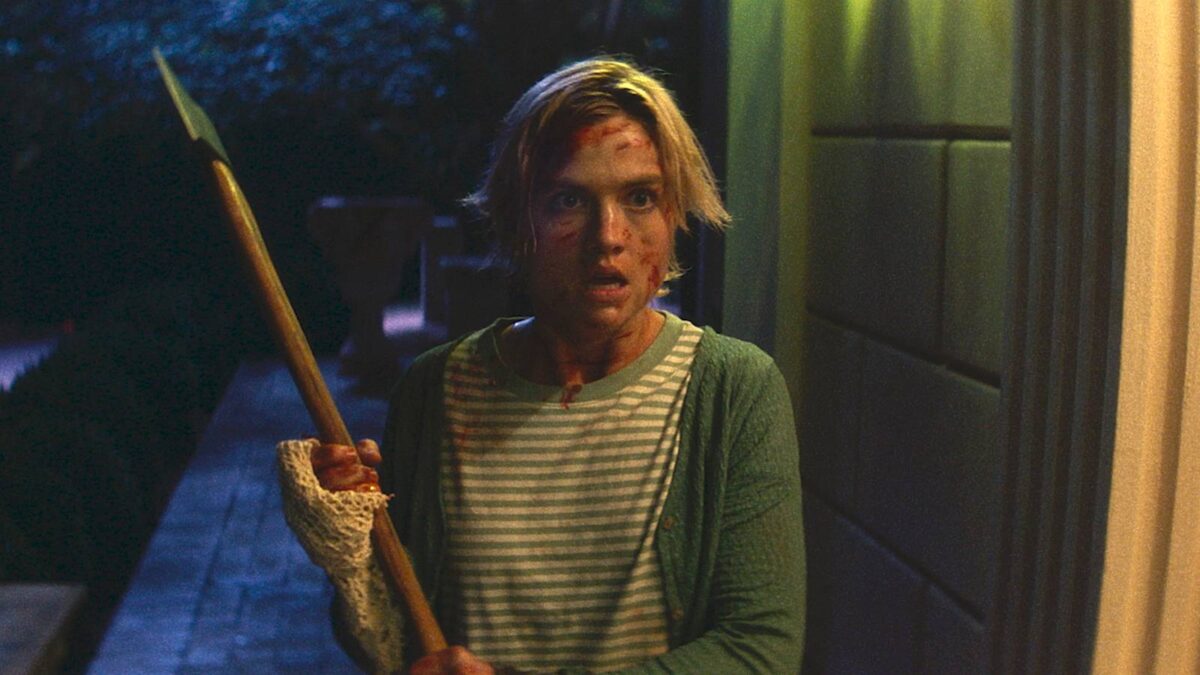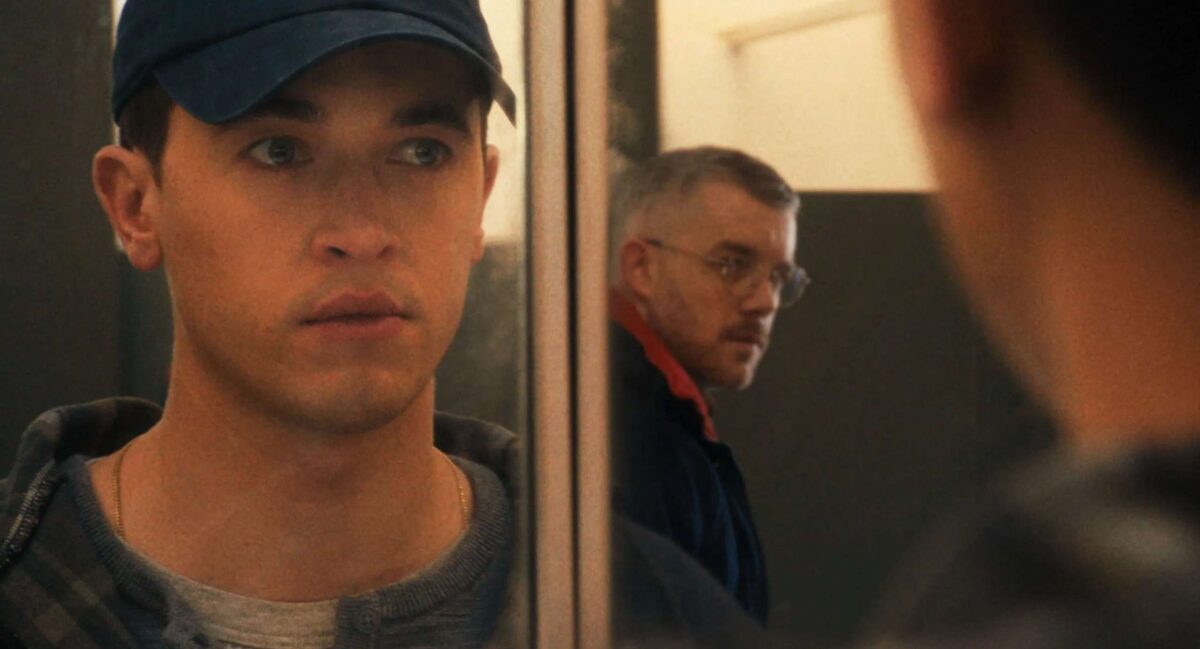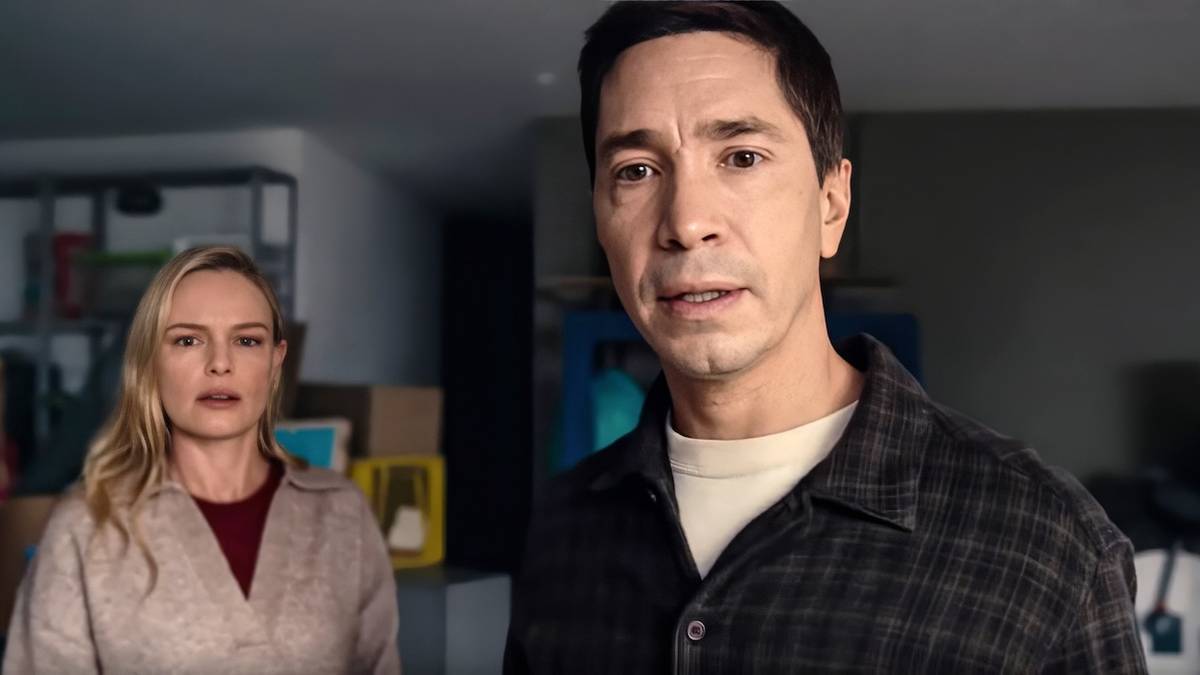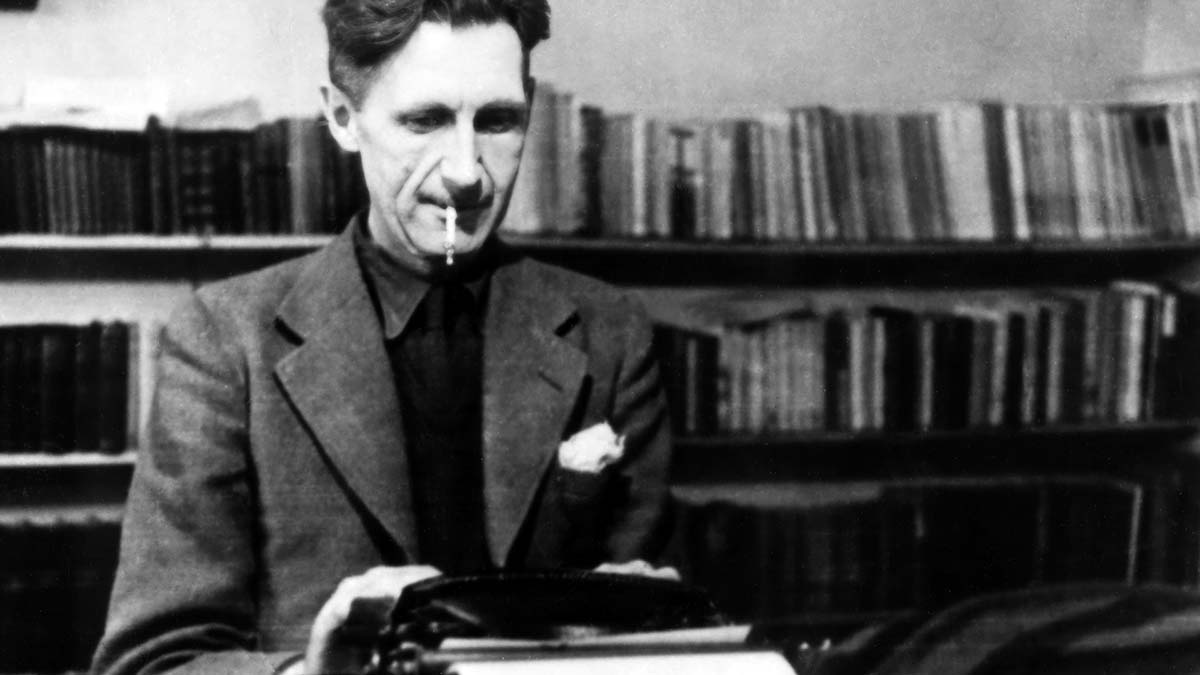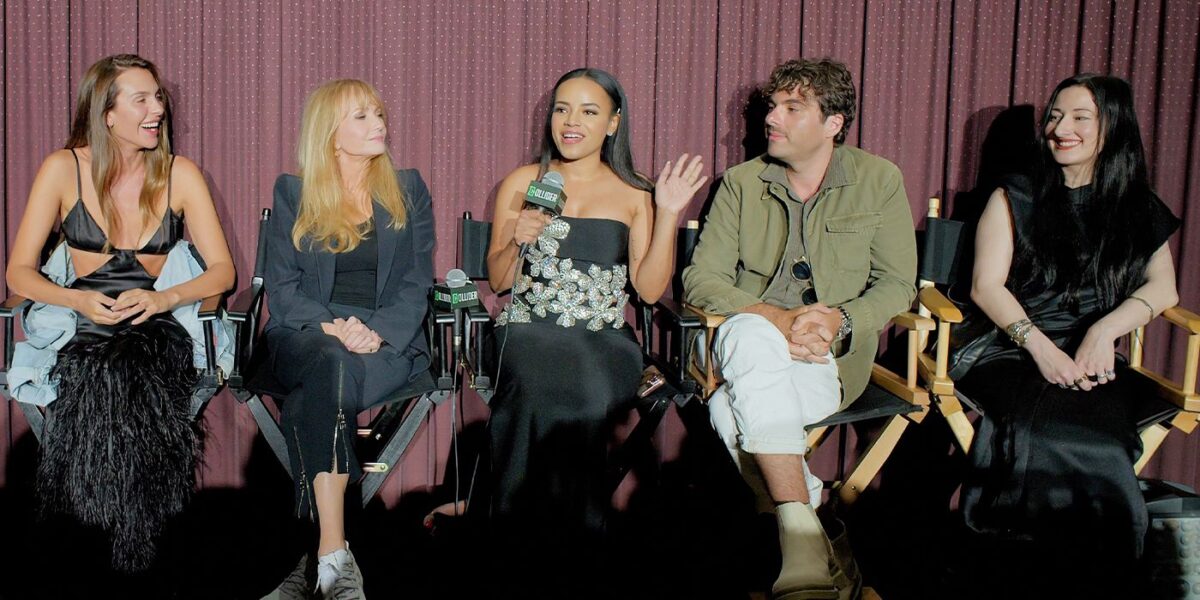
Not Everybody Will See You as a Hero
Jul 24, 2025
Summary
Collider’s Perri Nemiroff moderates an exclusive Q&A with Saint Clare’s Mitzi Peirone, Rebecca De Mornay, Joy Rovaris, Luka Bazeli, and Zola Jesus.
Directed by Peirone, the film follows Bella Thorne’s Clare Bleecker, a young woman driven to kill those with ill intentions.
During the conversation, the cast and crew discuss independent filmmaking, their ability to overcome production obstacles, and much more.
Bella Thorne’s (The Babysitter) new revenge horror, Saint Clare, has drawn comparisons to another book-adapted serial killer with a taste for slaying bad guys. But, according to co-star Rebecca De Mornay (The Hand That Rocks the Cradle), there’s something “very powerful and mysterious always lurking underneath” Clare’s quiet exterior that sets her apart. Directed by Mitzi Peirone, the filmmaker behind 2018’s feverish Braid, Saint Clare is an adaptation of author Don Roff’s novel that tells the story of Clare Bleecker (Thorne), a young girl who believes she’s appointed by the divine to kill evildoers. In the movie, Clare must confront her own sins when her latest kill thrusts her into a spiral of corruption, trafficking, and voices from beyond. After a special screening of Saint Clare, Collider’s Perri Nemiroff had the opportunity to sit down with Peirone, De Mornay, co-star Joy Rovaris (Beauty in Black), cinematographer Luka Bazeli (Student Body), and composer Zola Jesus, who celebrates her first feature score. During the Q&A, which you can watch in the video above or read in the transcript below, the team takes us behind the scenes of their whirlwind 15-day shoot. They discuss the hurdles and joys of independent filmmaking, Thorne’s quietly powerful performance, finding Saint Clare’s “visceral sense of dread” through Zola Jesus’ experimental score, and why Saint Clare is so much more than a “female Dexter.”
‘Saint Clare’ Goes “Beyond the Female Dexter”
Director Mitzi Peirone discusses her sophomore feature, and why she loves the underdogs.
PERRI NEMIROFF: Mitzi, I love asking filmmakers about making the leap from first feature to second feature, because I feel like there’s often a misconception that once you make one movie, it’s easy to get another one off the ground, but that’s not always the case. Can you tell us a little bit about some of the hurdles you overcame making the leap from Braid to this? MITZI PEIRONE: What a great question. It’s such a great question. So, I made a film called Braid, and I guess it’s considered a critical success, and I thought, “Oh, I’m good. The next one is going to come right away.” That’s definitely not always the case. Then, the pandemic happened. I’m Italian. I wasn’t allowed to stay in the country because I didn’t have a green card, or I didn’t have citizenship. So, the journey wasn’t as straightforward and upward motion as I was hoping it would have been. But then, thankfully, Don Roff’s book, who’s here, the author of Saint Clare, reached me, I think, because my first film also had to do with dangerous women consumed by their own visions. So, Don saw my first film, and then the producer who produced this film, Arielle Elwes, made my first film with me. It was kind of like the perfect storm. Definitely, the big difference between the two, I would say, is that the first one, I wrote the script and financed it myself with cryptocurrency. I was in total control of everything. This one was a different challenge because I had to work off of a preexisting intellectual property, so the book, and I wanted to be as respectful as possible. I did pass my draft to Don, and he was excited about it. He thanked me because he was like, “I’m so glad that you’re including me in the process.” This was definitely more of a hybrid independent and studio model, so I went from a completely independent film to having to also cater to the demands of a studio, executive producers, and also of respecting the intellectual property. And this was a 15-day shoot, so that was shorter than my first, but we made it happen and we survived. It’s possible.
Related
This Candy-Colored, Trippy Horror Movie Starts Innocently — But Will Choke the Life Out of You by the End
The terror of adulthood has never looked so trippy!
I’ve got a lot of questions about this shoot, but before I go there, I want to dig into your title character a little. Mitzi, something I’ve loved is how you’re embracing people calling this movie the female Dexter. To be completely honest, this movie wasn’t on my radar, but then I saw that headline and I’m like, “Oh, what’s that? I’m going to seek that out.” Can you tell us a little bit about embracing why Dexter is such an appealing character, but then also finding ways to make sure that Clare was uniquely her own? PEIRONE: Another very good question. I’ll try to be brief. I have so much to say about this, and I could talk about it forever. I like flawed characters. I think that if a hero isn’t flawed, then there’s no hero’s journey. Everybody, I think, has to confront their own darkness and their own shadows, and if you don’t, you miss out on the opportunity of being sent on a journey of self-discovery until you become that hero. I will always choose the underdog. The reason why is I’m a huge feminist, obviously, but I think that Saint Clare wants to be the patron of marginalized communities of anybody because she faces silencing, she faces oppression, she faces opposition. So that, for me, was important, but whilst I could elucidate forever on why I love antiheroes, I also know how to pitch a project, and I knew that the quickest way to get people’s attention would have been to say, “Oh, it’s the female Dexter.” Because ultimately, there are so many films and you can only retain so much of what people tell you to watch or read, etc.. So, I think that that was always a very catchy catchphrase, but I could go on and on and on about how, to me, Saint Clare was shaped by so many other elements. I say it goes beyond the female Dexter because, in my opinion at least, she feels let down by institutions, and that’s why she becomes a vigilante. She can’t rely on social justice to be served, and that’s why she does it. It all started, of course, with that moment in the woods when she’s seven or eight years old. By the way, the actress who plays her is here. Shout out to Juliet [Sterner], who is amazing. She’s an incredible actress. So, I thought about that moment of when you’re young, or whenever, at some point in your life, you’re faced with an abyss of some sort. You see the darkness. You see violence. You see something that you cannot explain. And when your parents, or when somebody you expect to guide you, tells you, “You cannot tell anybody what you did in the woods today. Not everybody will understand you. Not everybody will see you as a hero,” from that moment on, Clare understands that even though she did the right thing, she has to do it in the dark, and I feel like that’s a very hard thing to live with. And she lives like that for the rest of her life, which is also to say, yeah, you can justify what she did, but at the same time, I do believe that when you partake in violence like she does, then violence will continue to trail you and follow you. So, I don’t want this film to offer an answer, but I do want it to ask questions. Luka, I’ll build on that with you a little. Clare is very determined to kill bad people, but she is also aware that by doing that, in a sense, she herself is doing something evil. That comes through very clearly thanks to the script and also Bella’s performance, but I can see your visuals enhancing those ideas as well. Can you tell us about some visual tactics you came up with to further enhance that dichotomy? LUKA BAZELI: Well, Mitzi is just such a visionary, first of all. I mean, it’s rare that you, as a cinematographer, come across a director who has such a visual style, as well. We had duel Artemis, which is an app that you can kind of just like go in and find shots, and Mitzi was very instrumental in so much of that. But through a lot of the pre-production, it’s obviously trying to put yourself in Clare’s shoes, and Artemisia Gentileschi was a huge influence for us, a Baroque painter. They’re very unidirectional, sort of light and dark. So, creating that drama visually was a huge influence.
‘Saint Clare’s Director Reveals the Secret to a 15-Day Whirlwind Production
“I know to get out of the way of actors.”
Image via Quiver Distribution
Joy and Rebecca, it’s let’s make this make Mitzi blush time. Can you tell me something about her as an actor’s director that you really appreciated and perhaps made you feel understood because she has experience acting herself? REBECCA DE MORNAY: Great job, Mitzi. The thing that strikes me about Mitzi is she really brought a real kind of nobility and courage to her stance on the set. It’s only her second film, and it was extremely daunting to make this film. It was 15 days, and I did not know how she was going to do that. I really didn’t know how she was gonna do that. She just dug in in a way that was very empowering as a director of actors. I didn’t really know that you had been an actor. She started a conversation, really, on the set. It was a conversation with us actors. We were talking about the themes of what the movie really is, and she listened very much, I remember, to both me and Bella about what we really were doing. She trusted us with what we were doing, and it was like a conversation rather than a rehearsal. It was a conversation that we had and that we were all comfortable in together. And then somehow or other, she started the camera rolling, and it was not like, “Okay, rehearsal and now action.” We sort of swam in it together until we were suddenly doing it, and that’s what she did. PEIRONE: I think it’s helpful if anybody here is into this and wants to make cinema. I went to theater conservatory. I know to get out of the way of actors, especially when they’re of this caliber. I think that it’s important to make sure that they feel the director trusts them. I know it sounds banal, but it’s the truth. I remember one time we were rehearsing, and she goes, “I feel fake.” And I’m like, “Let’s muscle through this.” And we rewrote a scene on the spot because the writer can only do so much objectively. It’s a blueprint. But then you have the actors on set, and they’re bringing so much humanity and so much gravitas, and all of a sudden you have to confront yourself with, “Oh, perhaps I wrote a line that didn’t need to be there,” and you have to let it go and trust that the other person has the best interest in mind. That’s the whole trick about filmmaking. It’s an incredibly collaborative effort, and without trust, you’re not going to get far.
14:41
Related
“If You’re Going to Be an Artist, You Better Take Big Swings”: This Is What Rendezvous Capital Does for Indie Filmmaking and Why You Should Care
“Our whole idea came from being filmmakers.”
Can you tell us what scene that was? PEIRONE: So Rebecca had COVID one week, and so we’re shooting 15 days, year three of the pandemic, in 2022. So, the first week, I didn’t have my first AD because my first assistant director got sent home because he tested positive for COVID. So he’s speaking to me through an iPad. This was the general vibe. So then Rebecca, unfortunately, after her first day, she tested positive for COVID, so we had to shoot all of the scenes that she was in with a body double and got creative. But then, eventually, we’re reviewing the footage, and we’re like, “I need to get her face in here. I need her close-ups. Give me one more day.” And so the producers agreed to give us one more day, but we were in Los Angeles, and we had shot this film in Louisville, in Kentucky. The locations were done, no longer available to us. So, we’re at this mausoleum in LA. We have to shoot the scene where Joy turns into the Virgin Mary. We have to shoot all of Bella’s coverage praying to her, getting spooked, and then we have to shoot Bella burning. One of the emotional cores of the film, which is Gigi confronting Clare, telling her, “What is it that you do at night? You have to tell me,” that was scheduled for daytime and kind of was the burning of Bella. We wanted it to have some pigment in the sky. So the day goes by, of course. It’s winter, 5 p.m., and the sun goes down. It’s dark out, no pigment. So do we want a sunset? Forget about it. It’s night. We’re burning Bella. Rebecca comes up to me and she goes, “Mitzi, you still have our scene to shoot, right?” I’m like, “Yeah. Yeah, I do.” She goes, “Wasn’t it supposed to be daytime?” And I’m like, “Yeah. It was supposed to be daytime.” But I was like, “Don’t worry. Luka is going to make the sun appear from somewhere. He’s got it. He’s going to turn it into daytime.” So, I feel like that was probably the hardest, because when you’re in the 15-day vacuum or like a fast shooting schedule, you turn into a psychopath and you just do it. But then, that sixteenth day was like, “How have I done this for 15 times, prior to this, shooting nine pages a day?” So that was just funny because you were like, “You know it’s night out?” I’m like, “Yeah, no. I know.” And look at how that scene turned out! PEIRONE: Yeah. So that very emotional scene we were rehearsing, and somebody else could have been like, “I just want to get out of here.” And instead, she was like, “No, I don’t like this line. I feel fake. Let’s make it better.” And then, frankly, it turned into one of the best scenes of the film. DE MORNAY: It actually was fortuitous that I got COVID back then, because when she saw the whole film, and then the scene actually got better in terms of the writing of it, that it got more fleshed out. So, everything kind of happens for a reason, right?
I’m a big believer in that. Joy, you want to take us back to the other question? JOY ROVARIS: Back to giving Mitzi her flowers. That’s where we were? [Laughs] Like they said, through all of the chaos and turmoil, and with such a limited time and COVID and all of those things happening, as an actor, it was just so comforting to have a director that you trust. And through it all, she had our backs, like, “I got you. Nope, we’re going to get it. We’re going to get the scene.” And I just remember the first day I got to set, there’s this, like, six-foot-two — I don’t know how tall you are, Mitzi — with yoga pants, a bralette, and then this costume jacket. I think it was the car-flipping day, and I go, “Whoa. Who’s that? That’s Mitzi? That’s the director?” And I think stereotypically, you don’t expect beautiful women to get the job done. She came in like a pit bull. She was like, “This goes here. No, I need this. I need that.” And I was like, “Oh, let’s rock and roll!” I was so impressed. Like, to this day. Even the scene where Juliana is washing up in the shower… Can I? PEIRONE: Yeah! No, it’s my house. [Laughs] ROVARIS: That was Mitzi’s house in LA. She’s like, “Joy, don’t kill me. Can you just do me this favor? We need one more thing.” This project was really her baby. Like, outside of her dog, BoJack, I think this is the closest thing to her child. I was like, “Sure. Let’s go.” So, I’m in her shower with, was it corn syrup? I don’t even know what we use for blood. Luka is holding a camera. I was like, “This is passion and safety.” I felt safe in the most bizarre situation. She’s like, “I’ll feed you. Just come.” No crew. We were the crew, the three of us. [Laughs]
Bella Thorne Leads With a Quiet Power
“There was something very powerful and mysterious always lurking underneath.”
Of course, we have to highlight Bella. I love how much new one can in their own character by sharing them with a scene partner. Can you tell us something about your characters that you only found by working on them opposite Bella? ROVARIS: I think Bella changed Juliana a lot for me because, by nature, I tend to be very trusting and kind, and Juliana is a little bit more reserved. But Bella is super reserved as Bella and Clare, and so it kind of gave me a level of deeper, like, “If I trust this girl and she trusts me, it’s because we had something deep.” Then, by the time we got to that scene where she found me, we had kind of had enough personal moments as Joy and Bella and as Juliana and Clare to just really go there and feel safe. Another thing is, I’m in a dungeon, I kid you not, on location. It was not all props. Like, I was on that bed, and I was like, “Is this toenail and roach ours or is it real?” Props was like, “Hold on! That’s not ours!” I was like, “It’s okay if it makes it more authentic.” [Laughs] So then you’re in that environment, and it helps add to your character. And then Bella comes in, and it’s just like a breath of fresh air, and Juliana and Clare were just able to lay it all out in that little dirty dungeon, with the roaches and the toenails, and there was a toilet. But yeah, I think our characters together and the environment totally changed a lot.
Image via Quiver Distribution
DE MORNAY: Well, I have two daughters who are in their 20s, and it was a beautiful dynamic. I think Bella and I trusted each other really quickly. I think we have something very strongly in common, just innately. But Bella in that performance, I didn’t know Bella prior, and I don’t really know her that much, but when we were together, she was certainly different than Clare. But as Clare, she was a very quiet performance that I was very impressed by, because the quiet that she had was not an empty quiet. There was something very powerful and mysterious always lurking underneath. So, playing her guardian was sort of perfect because she was so quiet and so internal, so I couldn’t quite figure out what was going on with her, which was perfect, because Gigi can’t either; Gigi’s a very different kind of spirit. But I think she walked the walk of that character the entire time we were shooting. It’s a heavy burden to carry, but she did it, and I have a lot of admiration for her.
‘Saint Clare’s Inner Voice Was the Key to Sonically Creating a “Visceral Sense of Dread”
“My voice became kind of like the thumbprint for her inner world.”
Image via Quiver Distribution
Nika, correct me if I’m wrong on this particular detail, but does this mark the very first time you’ve composed for a feature film? ZOLA JESUS: It is. It’s my first score. Baby’s first. It’s a very big deal, so sincere congratulations on that! When this opportunity came your way, what was it about the script and Mitzi and the team that made you think, “This is the type of film I should make that leap with?” JESUS: Well, I read the [script] — I’ll never forget getting sent it — and I thought it was funny. I think if something makes me laugh, that’s a good sign. I just liked the tenor of it, you know, female empowerment. And then I spoke with Mitzi, and I really liked her passion. Mitzi has a really developed vocabulary for cinema, which I really respected, and had a crazy amount of tenacity, like more than I’ll probably ever explain in this Q&A. So, it just all felt right. It definitely felt right. I love asking artists about having “aha moments” with their work, so did you have one when figuring out the right themes and the right sounds to use for this movie? JESUS: Yeah. It really evolved throughout the film. I think once we settled on the voice as being this kind of other voice, like Clare’s inner voice, my voice became kind of like the thumbprint for her inner world. That was when everything kind of clicked, where it’s like, “Okay.” And then using sonics, like synth, almost to create a visceral sense of dread, but not over-relying on the melodics or instrumentation to tell the story, more so creating an atmosphere, especially through the voice.
‘Saint Clare’ Exemplifies the Fast-Paced Art of Independent Filmmaking
“From adversity comes strength.”
Image via Quiver Distribution
Mitzi and Luka, we have emphasized this was an incredibly ambitious shoot. There are so many scenes that I have to imagine are situations where you’re circling them in red and thinking, “That’s going to be a really tough day.” Going into filming this movie, which scene did you think was going to be the toughest to film, and ultimately, was it or did a different one catch you by surprise? BAZELI: Well, talking about “aha” moments, I feel like every day was an “aha” moment. Every day we were caught by surprise of, “Aha, Rebecca’s not here today. Aha, okay. I see. Oh, special effects, we don’t have. Aha, I see. That’s interesting. I see. Okay, so we’re going to do…” So, the goal of it, I guess, is with these sorts of schedules, you have to be quick on your feet, and I think a lot of that is the conversations that I had with Mitzi prior to. We always kind of knew what the throughline was and were on the same page of what the heart of it wanted to be. That is, I think, the most vital part, is when you’re in pre-production, being able to discuss what that sort of soul is. So then, inevitably, when things don’t go according to plan, you sort of have that same language to be able to improvise and find. But again, you’re improvising, but by being quick on your feet and still sort of steering in a way that is towards the direction that you feel is right for it. BAZELI: You said you saw toenails? I didn’t see any toenails, but I saw that definitely there were other things. That one was actually, at first glance, there was a lot of choreography and stunts involved, but surprisingly, somehow, we did, like, 60 setups in that basement in like a day and a half. It was, surprisingly, actually, maybe a little bit more of the simpler stuff. It was more the pivoting on the day of the things that you thought you would be able to do, the simpler things that you end up having to do, like we lost the location, or we lost somebody. We have to go find something else to shoot or another place to shoot it out. It’s kind of those that are a little bit more going against the grain sometimes than the ones that you would think immediately are like, “Oh, we have a lot of setups to do in a short amount of time.”
Image via Quiver Distribution
PEIRONE: Absolutely. I think that when you’re shooting nine pages a day, again, you enter that fight or flight mode every day. I don’t recommend that. But when you want to make something, you make it no matter what. It kind of goes back to what I said at the beginning: if there’s love, if there is craft, if there’s commitment, I was like, “I’ll take the 15-day shoot. I think the story is important to tell.” In terms of difficulty, it was probably at the end of every day because it was. [Laughs] Like Luka said, we put together a shot list to offer to the producers, and because we were shooting nine pages a day, it was an ambitious shot list. It was 50 setups. They were like, “Ha ha, you’re never going to be able to do this.” So Luka and I would go back to our nook, and we were like, “What are we cutting?” And I was like, “Maybe. I don’t know. But I love that shot.” “Yeah, I know. Through the glass, that’s pretty. We shouldn’t cut it.” “Well, what about that over the head?” “No, no, no, we need that shot. We can’t cut that.” So, just helpless. And by the time we got on set, then, the worst part is getting to the end of the day, and you know you’re going to lose the location and the sun’s setting, and the producers are looking at you like this [gestures tapping a watch]. So, the end of every day was tough. But I think that at the end of the first day, we shot 63 setups. We did the 63 setups. That was pretty much our average. So, from adversity comes strength. It’s really true. If things get hard, we made something that nobody thought was possible happen, and I do think that’s an important lesson for independent cinema and aspiring artists, or artists in general.
‘Saint Clare’ Provided the Pressure for Its Cast and Crew to Find Something Unique
“By overcoming hardship, you realize how strong you are.”
Image via Quiver Distribution
AUDIENCE: My question is for Zola Jesus. As a fan of yours for such a long time, I’m really proud that you’re able to be a part of a project like this. I’m curious how going about this project was for you in comparison to doing Zola Jesus work. I guess if you could just go a little more into your process. JESUS: Thank you. It was so different. Number one, I don’t think I’ve ever worked this hard on a Zola Jesus record. [Laughs] No, I’m just kidding. But, I mean, the amount of work that it takes to make so many… Again, everyone’s crunched. You have four weeks to make 30 pieces of music. It was an incredibly intense period. Also, I’m not making it for myself to please, I’m making it to please Bella and Mitzi. I would send things to them every day, and I would get their feedback and make changes for them. So, I felt like I was more of an instrument in a way than my solo project, where I have full control and I can take as long as I want. It was immensely, immensely different. A huge learning curve in so many ways. My process also really clarified throughout it, like what I use. I picked up the viola halfway through making this score, and I was like, “Okay, I’m gonna learn viola.” I just realized that I can do whatever I want, and so it’s like, “What would serve this scene the best?” And by the end, I felt like I was creating a whole new language for myself, as well, and it has inspired me now in my own music. So, it’s been really, really instructive and very inspiring. Thank you. AUDIENCE: Is there going to be a movie soundtrack album available for this? JESUS: Aw, it’s currently being worked on. Yeah. PERRI NEMIROFF: Mitzi, a lot of people here know that I love asking this question to end my Collider Ladies Night interviews, and given how hard you worked to make this movie happen, it feels really applicable here. In film and television, we give each other awards. That’s really great. I think we should keep on doing that. But, I find that nobody tells themselves good job as much as they should, so I want to know something you accomplished making Saint Clare that you’re always going to look back on and say, “You know what? I am really proud of what I did there.” PEIRONE: I’m going to be in the old folks’ home one day, and I’ll look at this moment. Thank you for asking me that question. I feel like artists are all so hard on themselves, and women. Don’t get me started. Look, my first film felt like a walk in the park compared to this, but like I said before, ironically, at least for me, when things get hard, I only believe more in myself because by overcoming hardship, you realize how strong you are. And I think ultimately that is the reason why we flock to cinemas. That is the reason why we love filmmaking, because it’s about the hero’s journey and it’s about every human being’s journey. We cannot meet ourselves without difficulty. Saint Clare was difficult, so I met myself, and I am glad to see that this is what we were able to make, despite everything. Despite the hardship. And I think the film is relevant, and I think it has a soul, and I think that’s important. Saint Clare is available to watch on digital and On Demand now.
Saint Clare
Release Date
September 5, 2024
Runtime
92 minutes
Director
Mitzi Peirone
Writers
Guinevere Turner
Producers
Cassian Elwes, Mark Damon, Tamara Birkemoe, Bella Thorne, Joel Michaely, Jere Hausfater, Seth Needle, Thor Bradwell, Nadia Redler, David Chackler, Veronica Radaelli, Arielle Elwes, Dave Sereny
Rent Here
Publisher: Source link
Erotic Horror Is Long On Innuendo, Short On Climax As It Fails To Deliver On A Promising Premise
Picture this: you splurge on a stunning estate on AirBnB for a romantic weekend with your long-time partner, only for another couple to show up having done the same, on a different app. With the hosts not responding to messages…
Oct 8, 2025
Desire, Duty, and Deception Collide
Carmen Emmi’s Plainclothes is an evocative, bruising romantic thriller that takes place in the shadowy underbelly of 1990s New York, where personal identity collides with institutional control. More than just a story about police work, the film is a taut…
Oct 8, 2025
Real-Life Couple Justin Long and Kate Bosworth Have Tons of Fun in a Creature Feature That Plays It Too Safe
In 2022, Justin Long and Kate Bosworth teamed up for the horror comedy House of Darkness. A year later, the actors got married and are now parents, so it's fun to see them working together again for another outing in…
Oct 6, 2025
Raoul Peck’s Everything Bagel Documentary Puts Too Much In the Author’s Mouth [TIFF]
Everyone has their own George Orwell and tends to think everyone else gets him wrong. As such, making a sprawling quasi-biographical documentary like “Orwell: 2+2=5” is a brave effort bound to exasperate people across the political spectrum. Even so, Raoul…
Oct 6, 2025
